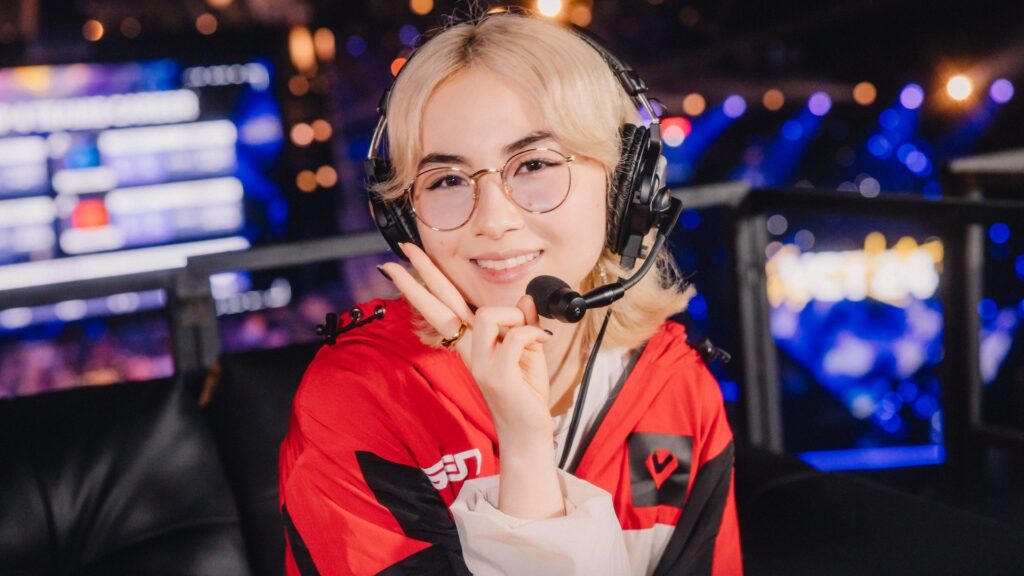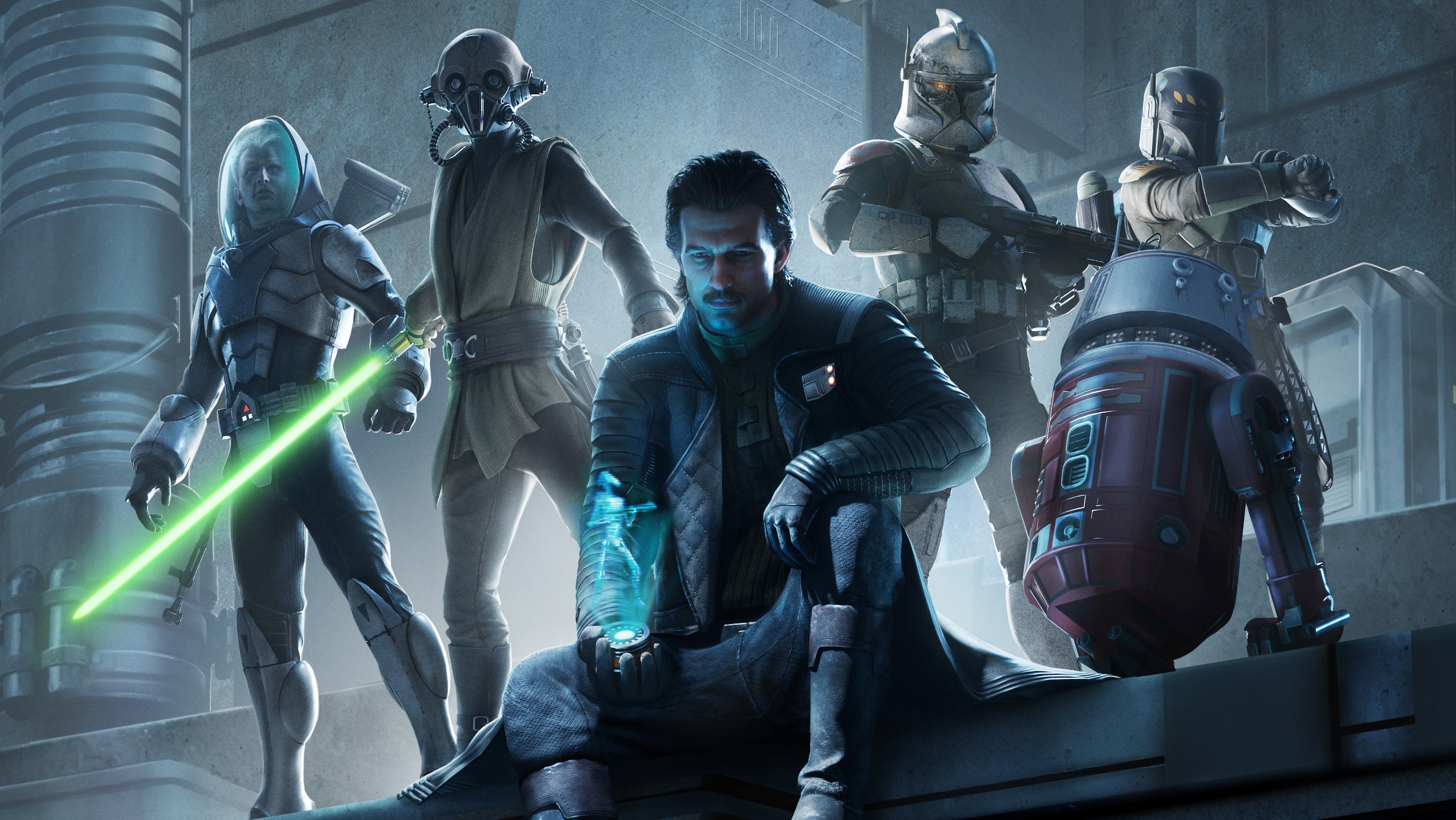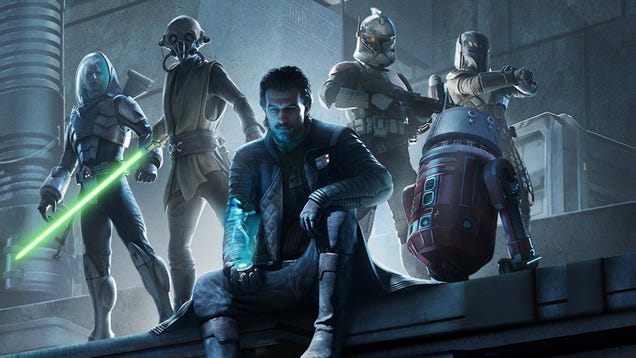
The first-ever Free Fire SEA Invitational (FFSI) is here. Replacing the mid-year World Series (FFWS), this competition will see the top 18 teams from across Asia competing for the title of champions and a share of the $300,000 prize pool.
The FFSI takes place between May 12 – 28 in Thailand. The 18 teams will compete across a league stage with the top 12 advancing to the grand finals. In this article, we take a look at why Garena introduced this new tournament and its various changes.
Source: Garena / Youtube
Why did Garena change its Free Fire Esports Strategy in 2023?
Free Fire was once the leading mobile esports of the world, having won the Esports Mobile Game of the Year award twice in 2020 and 2021 at the Esports Awards.
The awards came for a good reason too. Garena was doing a remarkable job in growing the game globally. This included a proper relegation-based league in Brazil and numerous regional competitions around the world. The game was so popular that the Free Fire World Series (FFWS) broke viewership records.
An example is the FFWS Singapore 2021. The tournament achieved a peak viewership of 5.4 million viewers, making it one of the most-watched esports tournaments in history. However, since this high, Free Fire esports hasn’t been able to perform well.
Source: Free Fire World Series
There are several reasons for this. Firstly are the issues at Garena itself as the company has laid off a large portion of its staff on the back of huge losses by its parent company, Sea Ltd. It even shut down its streaming platform, Booyah.
Secondly is the game’s ban in one of its most popular regions — India. The game was pulled down from the application stores in the country for alleged data privacy reasons in February 2022.
These problems coupled with the end of the pandemic have led to a sharp decline in the viewership of Free Fire esports. The FFWS 2022 Bangkok, for example, recorded 90 per cent lesser viewership as compared to the FFWS Singapore 2021.
Thus, Garena felt the need to implement changes to its overall esports program. This included a controversial change of the Brazilian Free Fire League into an invite-only tournament and the canceling of the mid-season FFWS, which has been replaced by the FFSI.
What’s different in the FFSI 2023?
Firstly, being a SEA-only tournament will allow Garena to properly focus on the region. One of the main things about this is that the schedule will be kept in mind for the SEA audience. The FFWS Bangkok for example, despite happening in Thailand, saw matches happen late in the night to accommodate Brazilian viewers.
If you have been watching Free Fire esports tournaments in the past, you must have noticed the short format of international tournaments. They usually followed a two-day format consisting of a Play-Ins stage and the Finals.
Source: Garena
This time, however, the FFSI will have a two-week group stage followed by a three-day final. Garena gave two reasons behind this extended format for the league . Number one was to provide teams with a greater platform to exhibit their skills and consistency instead of a one-day give-it-all format.
Secondly, the company said that the new format will allow fans to completely immerse and follow their favorite teams in the competition.
The success of this new format could define Free Fire esports in the years to come.
FFSI 2023: Everything you need to know
The 18 teams have been split into three groups of six teams each for the group stage. The group stage will happen on May 12 to 14 and May 19 to 21. The groups will compete in a round-robin format (two groups at a time) with each team playing 24 matches.
Source: Garena
In the end, the top 12 teams will advance to the FFSI 2023 Finals on May 26 to 28. Here, they will compete across 18 matches (six per day) to determine the champions.
The tournament will be live streamed on the Free Fire Esports YouTube channel.






